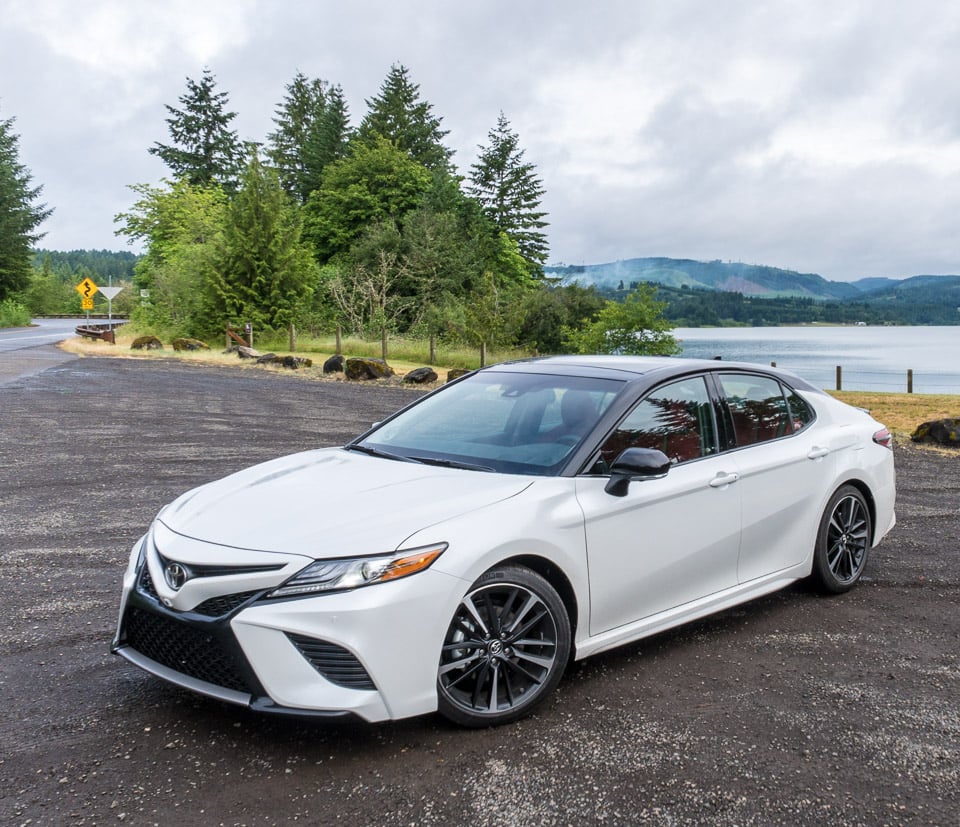toyota camry changes by year

Hi everyone I wish you in good condition, Today i will tell information about toyota camry changes by year complete with pictures and contents. But before jumping to content toyota camry changes by year there would be good we see first about the toyota camry changes by year.
toyota camry changes by year is hits discussed right now, remembering toyota camry changes by year which want me spread this is very full of content with inside information. In this modern era a lot technology that is supersophisticated, can be from Smartphone which your have very much do anything in the hands that you hold that. Be it looking for cakes, recipes, religion it's all in your hand.
Content this time is part of content which has many in the internet world that you hold . Of course the content that want me to share is very different from the other web, very fresh and promising.
Ok there's no need to wait any longer, let's go straight to the core title, Here information toyota camry changes by year complete with contents.

After 43 years, Toyota will stop selling the Camry in Japan by the end of 2023. This is due to poor sales of the D-segment sedan in its home market, with only 6,000 units leaving dealerships last year. At present, the Camry is priced between 3.495 and 4.682 million yen (RM118,404 and RM158,618) in Japan, although most dealers have already stopped taking orders, reportsNikkei Asia.
While production of the Camry will cease for domestic customers, the model will still be made in Japan for export markets where it will continue to be sold – the sedan is also produced in the United States, China as well as Thailand.
The Camry got its name from the Japanese word “kanmuri” meaning “crown,” and since its debut in 1980, about 1.3 millions have been sold in Japan. In addition to Japan, the model sells in over 100 countries, with more than 21 million units purchased cumulatively through the end of 2022.

Despite the end of the Camry in its home market, Toyota will still sell the Corolla, Corolla Axio, Century, Mirai, Prius as well as the liftback-esque all-new Crown. These days, customers there are leaning in more on SUVs and minivans, which further reduces the demand for sedans. In 2022, Nissan discontinued the Fuga, a year after Honda stopped making the Legend.
Originating from the corporate world with a background in finance and economics, Gerard’s strong love for cars led him to take the plunge into the automotive media industry. It was only then did he realise that there are more things to a car than just horsepower count.
The Toyota Camry has outsold every other sedan in the United States for 18 years in a row. It's proven as addictive as any popular Netflix series, and people continue to binge on this reliable performer year after year. The Camry evolved extensively over its many decades of sales. From its arrival in 1983 until today, we've seen every iteration of a Camry short of a stretch limo. The second-generation Camry added a wagon. In 1994, a coupe model was launched to increase its sporty appeal. In 1999, the Camry dropped its roof and let loose with the convertible Camry Solara. Today you'll find the Camry name competing in NASCAR, or roaming the streets adorned with TRD badges and packing 301 horsepower. Here's a closer look at how this all too familiar vehicle changed throughout its inconspicuous existence:

Launched late in the 1983 model year, the Camry served as a replacement for the Corona. That compact sedan, along with its smaller sibling, the Corolla, had helped Toyota become the top-selling import brand in the United States in the mid-1970s. Toyota used a new name, Camry—derived from the Japanese wordkanmuri, meaning “crown”—to differentiate this new front-wheel-drive four-door sedan from the rear-wheel-drive model it replaced. The company considered its newest creation its first true entry into the compact-car segment, positioning the Camry against vehicles such as the Chevrolet Citation, Ford Tempo, Chrysler’s K-cars, and, of course, the Honda Accord. That last model would go on to become the Camry’s closest rival.
Available in both sedan and liftback body styles, the first-generation Toyota Camry measured 175.6 inches long (for some perspective, that’s 16.5 inches shorter than today’s Camry). It was initially offered with a 2.0-liter fuel-injected single-overhead-cam inline-four engine producing 92 horsepower, mated to either a five-speed manual or a four-speed automatic transmission. A turbo-diesel was added later in the model’s run, but was only a small percentage of total sales. More spacious than the Corona, the Camry quickly gained a hold in the U.S. market, winning over buyers with its comfortable ride and trouble-free reliability.Car and Driverwas impressed with the car but hardly thrilled. In our 1983 road test, we called the Camry “a nice, well-behaved four-wheeled valet that will get you where you’re going with no muss, no fuss, and no bother.”
Four short years after the first Camry was introduced, Toyota launched a second-generation model for 1987. The new model boasted more interior space and more variety in the lineup. Although its wheelbase was the same as the first-generation Camry’s, the new car was longer and wider and had a larger trunk. Its more rounded lines also made for better aerodynamics, although the rectilinear three-box-sedan profile remained. A new wagon spinoff used the same 16-valve 2.0-liter four-cylinder as the sedan; its new engine offered 20 more horsepower than before, for a total of 112 hp.

































































































How?, great isn't the article?. Hopefully with topic about toyota camry changes by year those, the netizens the problem can be overcome and entertained thanks to discussion this.
All of I, Hopefully content about toyota camry changes by year those can be useful for all of you you. Ending word. See a for everything.




Post a Comment for "toyota camry changes by year"